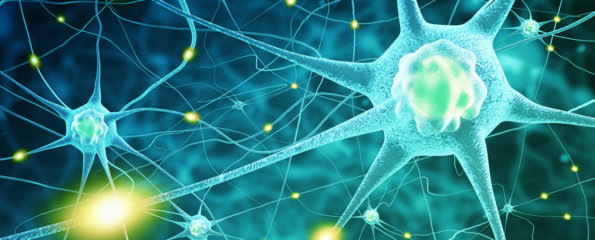Immune cell breakthrough in schizophrenia
In one of the biggest breakthroughs in schizophrenia research in recent times, Professor Cynthia Shannon Weickert from Neuroscience Research Australia (NeuRA) and UNSW Sydney has identified immune cells in greater amounts in the brains of some people with schizophrenia.
The study, published in Molecular Psychiatry, has the potential to transform global schizophrenia research and open new avenues for developing targeted immune cell therapies .
One in every 100 Australians lives with schizophrenia. No single cause of schizophrenia has been identified, and this has prevented the development of a cure. The current treatments for schizophrenia are designed to suppress symptoms rather than target underlying causes of the disorder. These drugs only partially relieve symptoms and can produce unwanted side effects.
Most scientists have had a long held belief that immune cells were independent from the brain pathology in psychotic illnesses, said Professor Shannon Weickert, who is the chair of NSW Chair of Schizophrenia Research based at NeuRA and the School of Psychiatry, UNSW.
“In our study, we challenged this assumption that immune cells were independent of the brain in psychiatric illness and made an exciting discovery. We identified immune cells as a new player in the brain pathology of schizophrenia,” said Professor Shannon Weickert.
Current schizophrenia research has focused on the status of three brain cells: the neurons; the glial cells, which support the neurons; and the endothelial cells, which coat the blood vessels. Employing new molecular techniques allowed Professor Shannon Weickert and her team to identify the presence of a fourth cell, the macrophage, a type of immune cell in the brain tissue of people with schizophrenia who show high levels of inflammation.
“Immune cells have previously been ignored as they had long been viewed simply as travelers just thought to be passing by, undertaking surveillance work. They have never been a suspect until now,” said Professor Shannon Weickert.
“To find immune cells along the blood brain barrier in increased amounts in people with schizophrenia is an exciting discovery. It suggests immune cells themselves may be producing these inflammatory signals in the brains of people living with schizophrenia.”
“We have observed in people with schizophrenia, the glial cells, one of the local residents, become inflamed and produce distress signals which change the status of the endothelial cells.
“We think this may cause the endothelial cells to extend sticky tentacles, so when the immune cells travel by some are captured. These cells may transmigrate across the blood brain barrier entering the brain in greater amounts in some people with schizophrenia compared to people without the disorder,” said Professor Shannon Weickert.
This discovery shows that specific immune cells are in the brains of some people with schizophrenia in close enough proximity to the neurons to do damage.
Professor Peter Schofield, CEO of NeuRA, said this innovative new research has the ability to possibly alter the diagnosis and treatment schizophrenia.
“This breakthrough demonstrates the value of the NSW Government’s support for Professor Shannon Weickert as NSW Chair of Schizophrenia Research, which has delivered new insights that the community seeks,” said Professor Schofield.
Professor Shannon Weickert is encouraging a cross-collaborative approach between neuroscientists and immunologists globally, to work together to develop treatments targeting this abnormal immune pathology of schizophrenia.
“This opens whole new avenues for therapy, because it suggests that the pathology of schizophrenia could be within the immune cells and the immune cells could be contributing to the symptoms of schizophrenia,” said Professor Shannon Weickert.
(Source: UNSW Sydney, Molecular Psychiatry)
Dates
Tags
Created by:

 Login
Login














